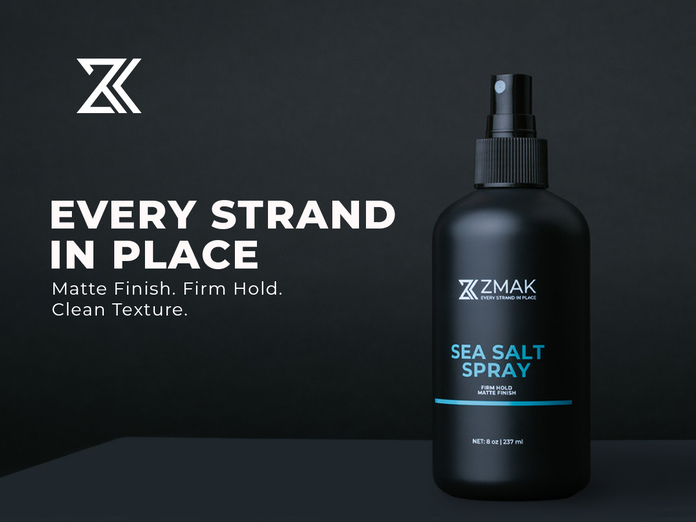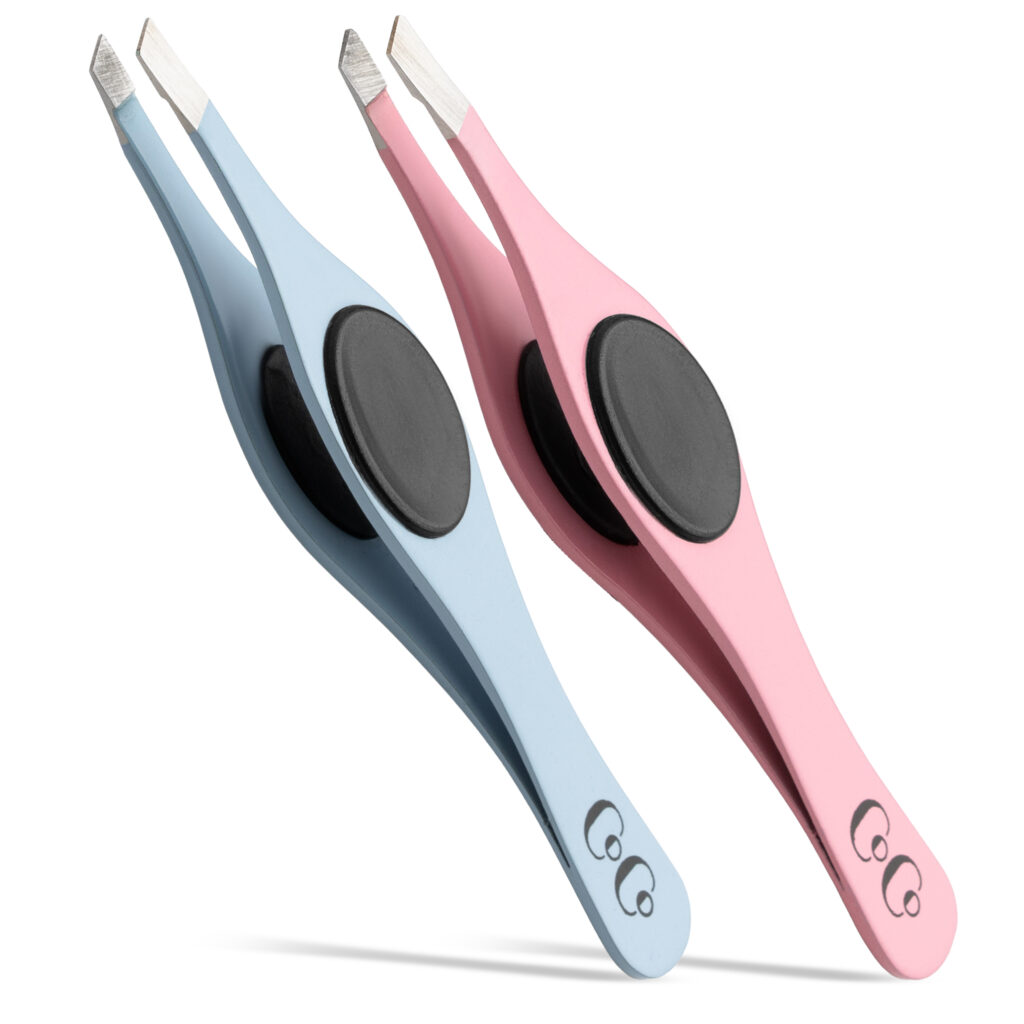If you’ve ever tried selling a product on Amazon, you probably already know: it’s not enough to just upload some product images, write a few bullet points, and hit publish.
Amazon has become one of the most competitive and sophisticated marketplaces in the world. That means your listings need to do more than look nice, they need to convert. They have to answer questions, remove doubt, and build trust in a matter of seconds.
At Pinestel, we help brands do exactly that. And through years of hands-on experience building product listings that actually drive sales, we’ve developed a process that balances creativity with structure, storytelling with strategy, and visuals with clarity.
Here’s what really goes into a high-performing Amazon listing.
1. Start with Strategy, Not Aesthetics
It’s tempting to jump into visuals right away, to plan the shoot, design the layout, or write that clever product description. But none of that matters if you haven’t figured out who you’re talking to.
Every listing we build starts with a deep dive into the product’s audience. What are they looking for? What matters most to them: price, durability, trust, speed? What frustrates them about competitor products?
Once we define the buyer, we build a creative brief that acts as a roadmap. It outlines the tone of voice, key differentiators, visual direction, and the specific benefits we need to highlight. This brief becomes our north star for everything that follows.
- Marketing Strategy: Who are we selling to, and why should they care?
- Creative Brief: Messaging tone, image concepts, and product highlights.
- Production: Photoshoots, video shoots, and raw asset creation.
- Design: Bringing everything to life with scroll-stopping visuals.
- Optimization: A/B testing and AI-powered creative decisions.

2. Why Amazon Is Its Own Universe
Many brands try to repurpose content from social media or print and expect it to work on Amazon. But Amazon is a very different kind of platform.
Shoppers don’t scroll casually. They search with intent. They’re there to make a decision, not just to browse. That means everything on your listing needs to be purposeful. Every image should answer a question. Every sentence should help them say “yes.”
Amazon also prioritizes structure over creativity. There’s a hierarchy to content, title, bullets, images, A+ modules, and each one plays a different role in the buyer journey. Understanding how those pieces work together is key to converting clicks into purchases.
3. Building the Visual Core
The product photography and graphic design that make up your listing’s visuals are arguably the most important part of the process. Especially the first image, the heroshot.
This image is your first impression. It needs to be bright, sharp, clear, and compliant with Amazon’s white background rules. But beyond that, it has to immediately communicate quality and build confidence.
From there, supporting images tell the rest of the story. We show the product in lifestyle settings, highlight textures or features through close-ups, and use design to visualize size, function, or packaging. A great listing doesn’t just show the product, it shows how the product fits into someone’s life.
Design also comes into play in the form of infographics. But again, this isn’t about throwing text on a photo. It’s about translating features into benefits, using visual hierarchy and spacing to make everything scannable, especially on mobile. Check out these creatives!

4. Videos That Answer, Not Advertise
Amazon gives you space to include video content, but this isn’t the place for flashy brand ads or cinematic intros. On Amazon, video is about utility.
We approach product video like a customer service tool. A good Amazon video quickly shows what the product does, how it’s used, and why it matters. We hook the viewer in the first few seconds, keep the pacing quick, and always show the product in real-world use.
It’s less about hype, more about clarity. Check this link, to see what we are talking about!
5. Designing for Mobile: The New Standard
Over 70% of Amazon traffic comes from mobile devices. That changes everything, from image ratios to font sizes to how you stack your visuals.
We always design listings with mobile-first principles: simple layouts, bold visuals, and enough breathing room to keep content digestible on a small screen. If it’s hard to read or feels cluttered on a phone, it’s not ready.

The Bottom Line
Selling well on Amazon isn’t a mystery. It’s a craft.
It takes understanding your audience, creating content with intention, and designing for how people actually shop. From heroshots to A+ modules, from copywriting to mobile design, it all has to work together, clearly and confidently, to help the shopper say yes.
And when it’s done right? That’s when your listing stops being just another product page, and starts being a conversion engine.


